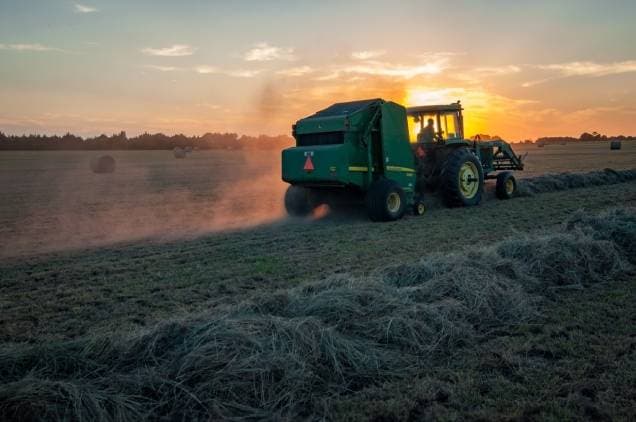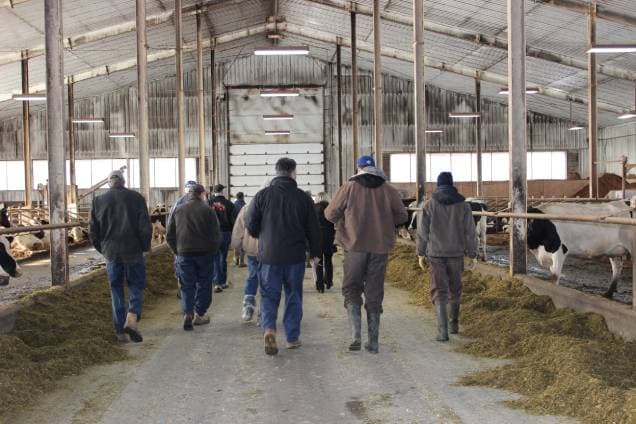Ticks have become increasingly common in Nova Scotia, and are therefore creating a safety concern on farms. They can become active when temperatures reach 4°C, which coincides with the time of year that many of us begin fencing, brush clearing, and other spring chores. Ticks create a safety hazard by transferring diseases to their hosts such as Lyme disease, Anaplasmosis, Babesiosis and Powassan virus. In Nova Scotia, we have high rates of Lyme disease as well as increasing cases of Anaplasmosis and Babesiosis. There have been no reported cases of Powassan virus to date. It’s important to note that these tick-borne diseases can also affect livestock.
Controlling exposure to ticks is the best way to prevent the spread of disease. Perform a tick check each time you come in from working outside and be sure to check any places they may be hiding including your armpits, hair, ears, groin, and toes. Ensure that you and your staff wear clothing that does not expose skin. It is helpful to tuck your shirt into your pants and your pants into your socks to create a barrier against the pests.
Permethrin-treated clothing is also an option to control ticks. Permethrin is an insecticide that works by irritating ticks that crawl on it, causing them to move away before they bite. The treated clothing is approved by Health Canada for use in people over the age of 16, including pregnant women, but is not recommended to be worn by children or pets. When purchasing permethrin-treated clothing, check for the Health Canada Pest Control Product number on the label. For more information, see the links below.
If you have been bitten by a tick, carefully remove it by grabbing it with tweezers as close to the skin as possible, and gently pull it straight out of the skin. Do not crush the tick, as this can expose you to disease. Wash the area with soap and water or alcohol-free sanitizer. As a safety precaution, document the date and location of the bite. You may want to identify the tick, which can be done here
Ticks and tick-related diseases have become an increasingly common hazard in recent years, but by educating yourself and adjusting your practices accordingly you can help control the hazard. We spend a lot of time outside in agriculture, which increases our exposure and calls for action to decrease our risk. There are plenty of resources online – for more information check the links below.



